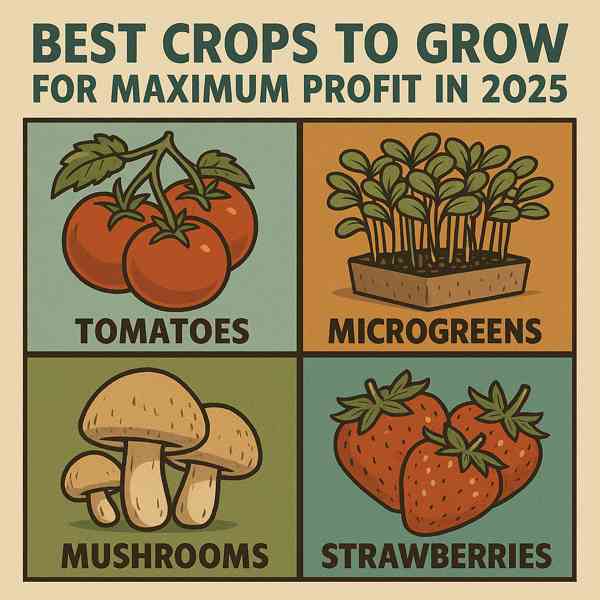From Soil to Market: How to Run an Organic Farm
From Soil to Market: How to Run an Organic Farm
Blog Article

By avoiding chemical pesticides and fertilizers, organic farming protects the environment.
Organic farming is becoming more popular as consumers seek healthier food options.
The Basics of Organic Agriculture
An organic farm is a place where crops and livestock are grown using chemical-free approaches.
What defines organic agriculture:
- Building soil health naturally
- Preventing pest buildup and soil depletion
- Reducing pest damage without chemicals
- Providing natural diets and outdoor access
By following these practices, organic farms support sustainable agriculture.
Advantages of Running an Organic Farm
Organic farming offers important contributions to both the environment and human health.
Why farmers choose organic methods:
- Rich in nutrients and microbial life
- No harmful residues in food
- Maintaining ecological balance
- Economic opportunities
Organic farming is more than a method—it’s a path to ecological harmony.
How to Launch Your Organic Farm
Whether you’re growing vegetables, raising livestock, or both, you need to invest in sustainable practices.
Steps to start an organic farm:
- Research organic certification requirements
- Prepare the land organically
- Protect soil and prevent disease
- Maintain purity of organic status
Starting with the right foundation ensures your farm will thrive sustainably.
Obstacles to Overcome
Managing an organic farm can be less website predictable compared to conventional agriculture.
What organic farmers must overcome:
- Balancing labor with efficiency
- Pest control using natural methods
- Keeping organic matter levels high
- Regular inspections and paperwork
Overcoming these challenges requires creative solutions to everyday problems.
Reaching Your Target Market
Consumers are often willing to choose organic over conventional, but they need to know your products exist.
Effective marketing strategies include:
- Farmers’ markets and local events
- Social media and online presence
- Subscription boxes and CSA programs
- Retail partnerships
By building a strong brand and connecting with the community, your organic farm can reach loyal customers.
Trends Shaping the Organic Industry
Technological advancements and changing regulations are influencing growth.
What to watch in organic farming:
- Precision agriculture and organic tech
- Adapting to changing weather patterns
- Reducing reliance on large retailers
- Green certifications and labeling
Staying ahead of these trends will help organic farmers thrive in a changing market.
Conclusion
Whether you’re just starting or looking to expand, the commitment to organic practices brings a path to sustainable success.
By following eco-friendly methods and engaging with your community, you can make a difference in the food system.
Report this page